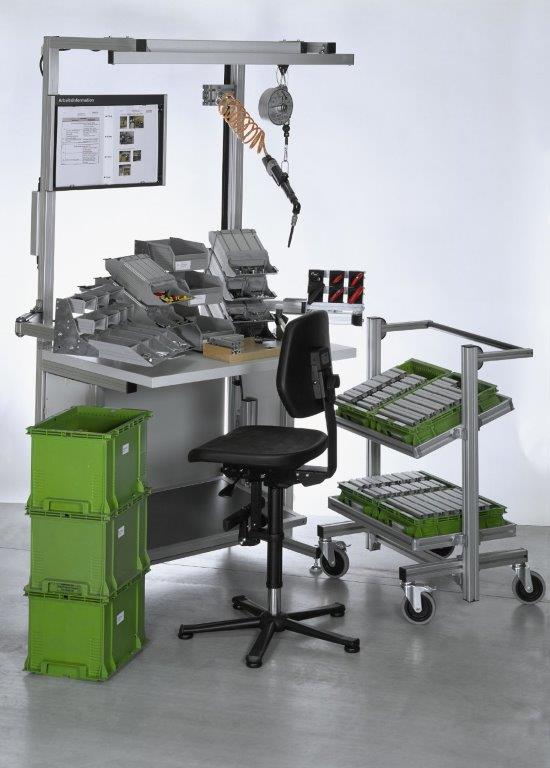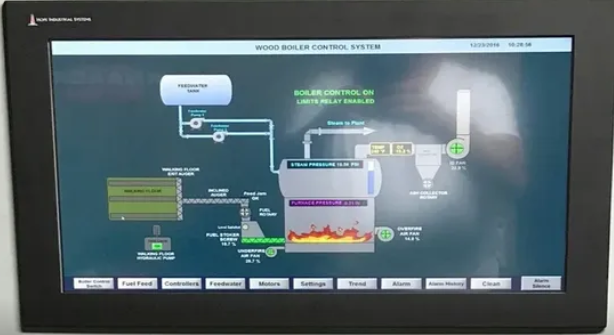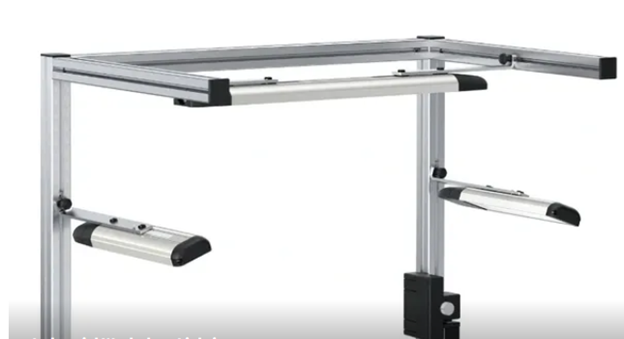Ergonomic workstations play a pivotal role in enhancing safety and efficiency in manufacturing environments. In today’s industrial landscape, where technology and automation are rapidly evolving, creating workspaces that prioritize the well-being of employees has become crucial. Ergonomic principles focus on designing work environments and tasks to fit the capabilities and limitations of the human body, thereby reducing the risk of injury, fatigue, and discomfort while optimizing productivity. In manufacturing settings, where repetitive tasks and heavy machinery are commonplace, integrating ergonomic workstations can lead to significant improvements in both safety and efficiency.
Benefits of Ergonomic Workstations
Reduces Workplace Injuries
One of the primary benefits of ergonomic workstations in manufacturing is the reduction of workplace injuries. Repetitive strain injuries (RSIs) and musculoskeletal disorders (MSDs) are prevalent among factory workers due to the repetitive nature of tasks and prolonged exposure to awkward postures. Ergonomic workstations are designed to minimize these risks by ensuring that workstations are adjustable to accommodate various body sizes and types, allowing employees to work in more natural and comfortable positions. For example, height-adjustable workbenches can be tailored to individual workers, reducing strain on the back, neck, and shoulders. Additionally, ergonomic tools and equipment such as lift-assist systems and anti-fatigue mats help to alleviate physical stress and strain, thereby reducing the likelihood of injuries.
Promotes Efficiency
Moreover, ergonomic workstations promote efficiency by optimizing workflow and minimizing downtime. By designing workstations that are tailored to specific tasks and processes, manufacturers can streamline production processes and eliminate unnecessary movements. For instance, arranging tools and materials within easy reach reduces the time spent searching for items and minimizes disruptions to the workflow. Furthermore, ergonomic workstations can be equipped with features such as built-in storage, tool organizers, and ergonomic seating, allowing employees to work more efficiently and comfortably for extended periods. This not only improves productivity but also contributes to employee satisfaction and morale.
Enhances Product Quality
In addition to reducing injuries and improving efficiency, ergonomic workstations also enhance product quality. By providing workers with ergonomic tools and equipment, manufacturers can ensure greater precision and consistency in their work. For example, ergonomic tools with improved grip and control allow workers to perform tasks with greater accuracy, resulting in fewer errors and defects. Similarly, ergonomic workstations that are designed to minimize vibrations and noise help to create a more conducive working environment, reducing distractions and improving concentration levels among employees. As a result, manufacturers can achieve higher levels of product quality and customer satisfaction.
Supports Robotics and Automation
Furthermore, ergonomic workstations support the adoption of emerging technologies such as robotics and automation. As industries increasingly rely on automation to improve efficiency and reduce labor costs, it is essential to design workstations that can accommodate both human workers and robots seamlessly. Ergonomic workstations can be configured to integrate with robotic systems, allowing for smoother collaboration between humans and machines. For example, collaborative robots (cobots) can be stationed alongside workers, performing repetitive or physically demanding tasks while employees focus on more complex activities that require human judgment and dexterity. By creating ergonomic workstations that facilitate human-robot interaction, manufacturers can leverage the strengths of both humans and machines to enhance overall productivity and competitiveness.
Provides Health and Comfort
Moreover, ergonomic workstations contribute to a culture of safety and well-being within manufacturing environments. By prioritizing the health and comfort of employees, companies demonstrate their commitment to employee welfare, which can lead to greater employee engagement and retention. Additionally, investing in ergonomic workstations can help to reduce absenteeism and worker turnover by minimizing the risk of injuries and discomfort. Employees who feel valued and supported are more likely to be motivated and productive, leading to a positive impact on overall business performance.
In conclusion, ergonomic workstations play a critical role in enhancing safety and efficiency in manufacturing environments. By incorporating ergonomic principles into the design of workspaces and equipment, manufacturers can reduce the risk of injuries, improve productivity, and enhance product quality. Moreover, ergonomic workstations support the adoption of emerging technologies and contribute to a culture of safety and well-being within the workplace. As manufacturing continues to evolve, the importance of ergonomic design in creating safe, efficient, and sustainable work environments cannot be overstated.






Leave a comment